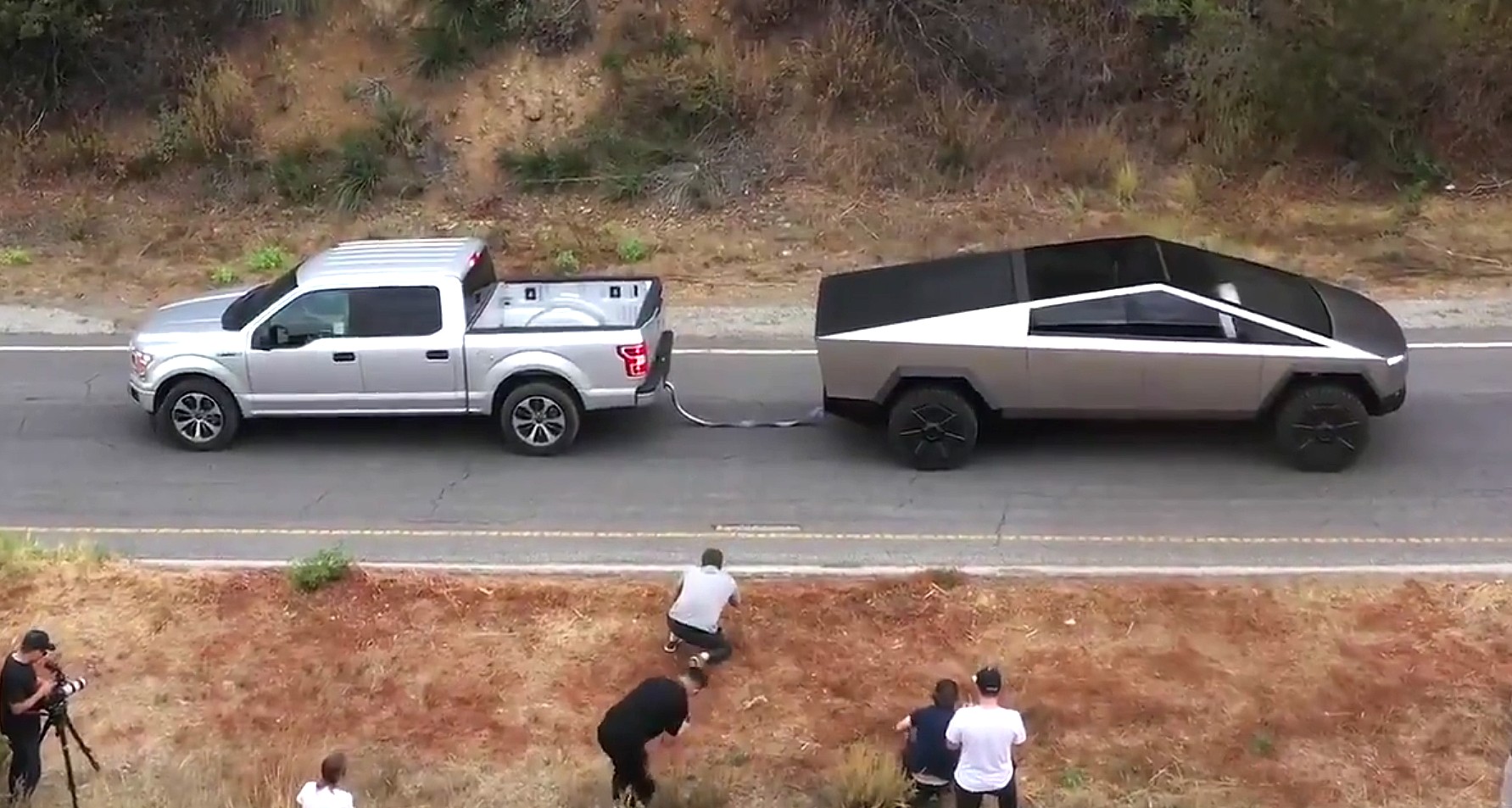

News
Opinion: The Tesla Cybertruck accelerated the Ford F-150 Lightning’s release, like it or not
During the Ford F-150 Lightning’s unveiling, the veteran automaker proudly presented a vehicle that has the potential to carry the company well into the age of electric cars. But inasmuch as the F-150 Lightning is impressive and worthy of its flagship EV status, Ford may have a competitor and unlikely ally to thank for its release. This competitor is the steel beast from Silicon Valley, the Tesla Cybertruck.
A different landscape
It should be noted that just a few years ago, the EV landscape was much different for Ford and its fellow veteran automakers. In 2019, it appeared that the electric pickup market was destined to be yet another niche segment populated by expensive EVs that were out of reach for the conventional buyer. Back then, the Rivian R1T seemed to be the electric pickup truck to beat, after it debuted in late 2018 and impressed the car community with its novel features.
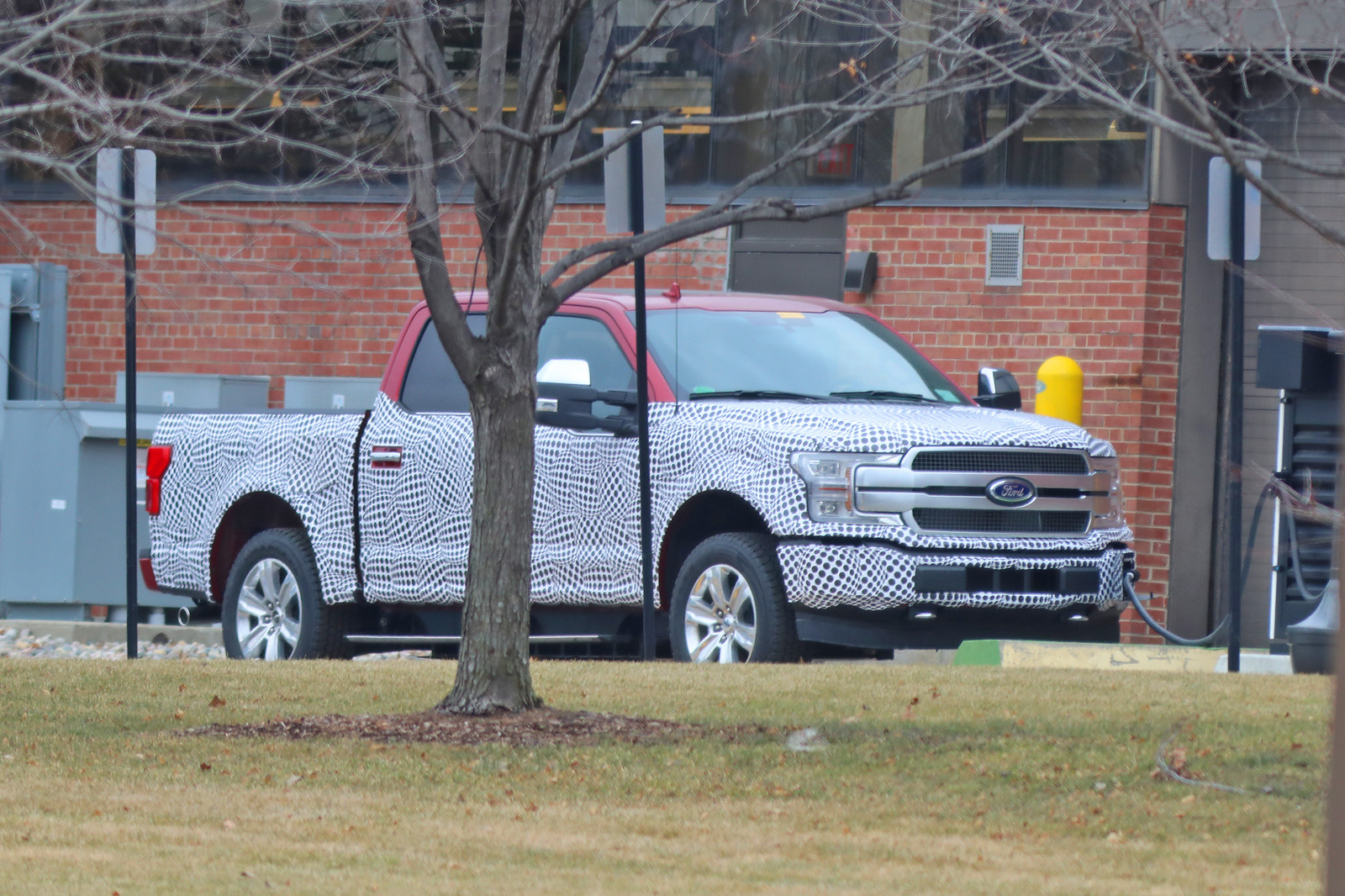
Inasmuch as Rivian captured the attention of EV enthusiasts, legacy auto, at least from the perspective of a layman, seemed to be quite uninterested in the battery-electric truck market. This was one of the reasons why Ford inspired a ton of headlines in January 2019 when then-president of global markets and now-CEO Jim Farley announced that the F-Seres was getting electrified. “We’re going to be electrifying the F-Series — battery electric and hybrid,” he said.
It was a shock to the United States’ automotive industry, with longtime industry observer and Autoline This Week host John McElroy highlighting the gravity of Farley’s statement. “When he says ‘battery-electric,’ what I’m taking that to mean is a battery electric vehicle. Pure electric. They’ve said they would have a hybrid plug-in version of the F-150. But this is different than what they’ve talked about in the past,” McElroy said.
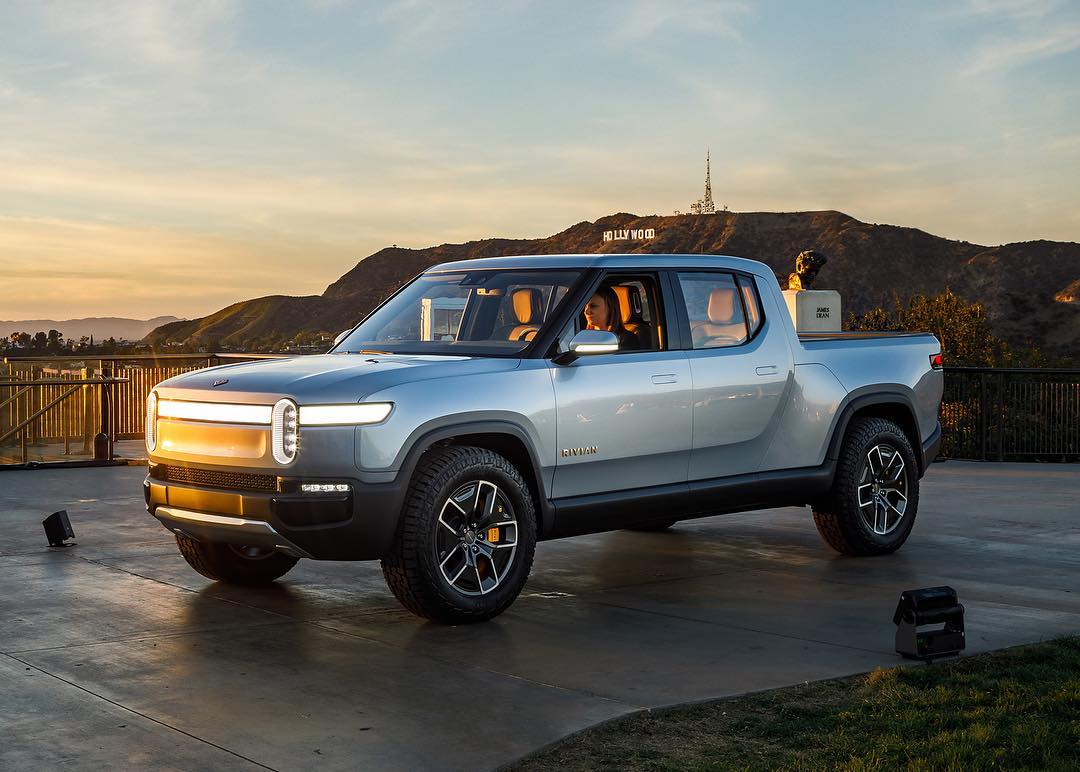
A noncommittal stance
But while Ford’s announcement showed that it could talk the talk, the company didn’t necessarily walk the walk. Even after Ford showed off the capabilities of the electric F-150 by having the vehicle pull a freight train loaded with other F-150s, the company proved very elusive about its plans for the vehicle. Speaking to Yahoo Finance’s The First Trade following the electric F-150’s 1-million-pound demonstration, Ford Chief Product Development Officer Hau Thai-Tang was asked about the upcoming vehicle’s release.
The Ford executive’s answers about the all-electric truck were very reserved. When pressed further, the executive simply remarked that the battery-electric F-150 was “still a couple of years out,” though he did highlight that the F-150 Hybrid would be released first.
This noncommittal stance was prevalent for much of 2019. Ford’s longtime rival, General Motors, also announced then that it had a program for an all-electric pickup truck. During a quarterly earnings call, GM CEO Mary Barra stated that the company intends to “create an all-electric future that includes a complete range of EVs, including full-size pickups. She also noted that details about GM’s battery-electric pickup would be shared “when competitively appropriate.”
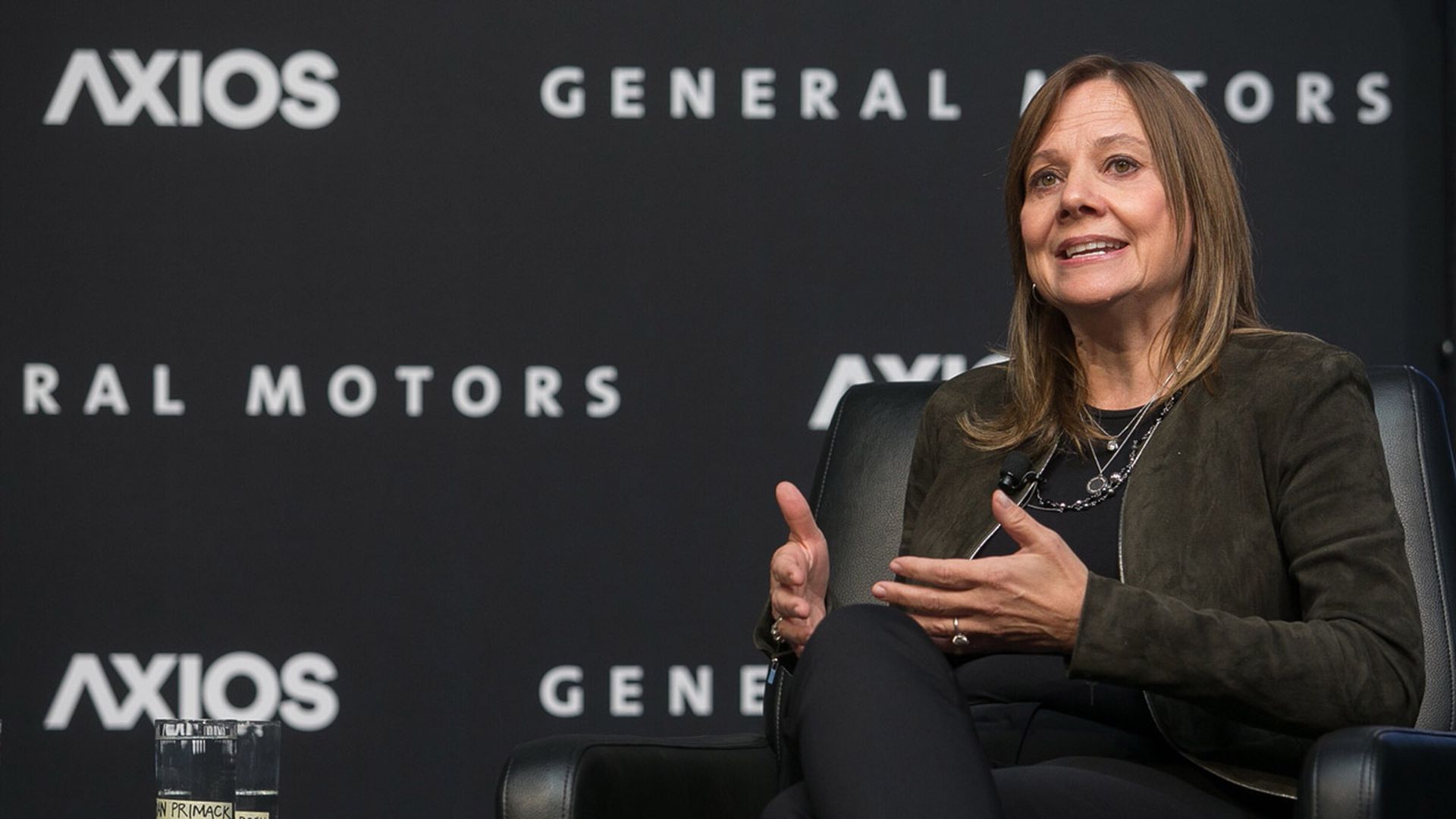
A watershed moment
But something happened at the end of 2019. In November 2019, Tesla took the wraps off its all-electric pickup truck. It was a vehicle that Elon Musk has been mentioning for years, and in the months leading up to its unveiling, the CEO had been setting the public’s expectations. Musk noted that the Cybertruck would probably be polarizing, and he even stated that if it were to flop, Tesla would simply make a more conventional pickup truck. The Cybertruck proved to be everything that Musk said it was, and more. With its angular design and unpainted steel body, the Cybertruck was unlike any vehicle on the road, and it barely looked like a pickup truck.
Its appearance, together with the Armor Glass demonstration that ended with the Cybertruck’s driver’s side windows getting cracked, resulted in the futuristic vehicle becoming a meme overnight. Tesla fans learned to love it, and critics made sure to point out how strange and ugly it looked. But amidst all the memes about the Cybertruck’s looks and its failed Armor Glass demonstration lay something notable—Tesla’s all-electric pickup truck had some serious specs.
While the Cybertruck’s looks were amusing to critics, its specs were very real, and most of all, it was cheap for the features that it offers. Starting at less than $40,000 and capable of towing 14,000 pounds, it was a threat to the status quo, especially as it could become attractive to businesses and people who value low operating costs and a rapid return of investment. After all, Tesla may be known for its delays, but the company never overpromises on its vehicles’ capabilities.
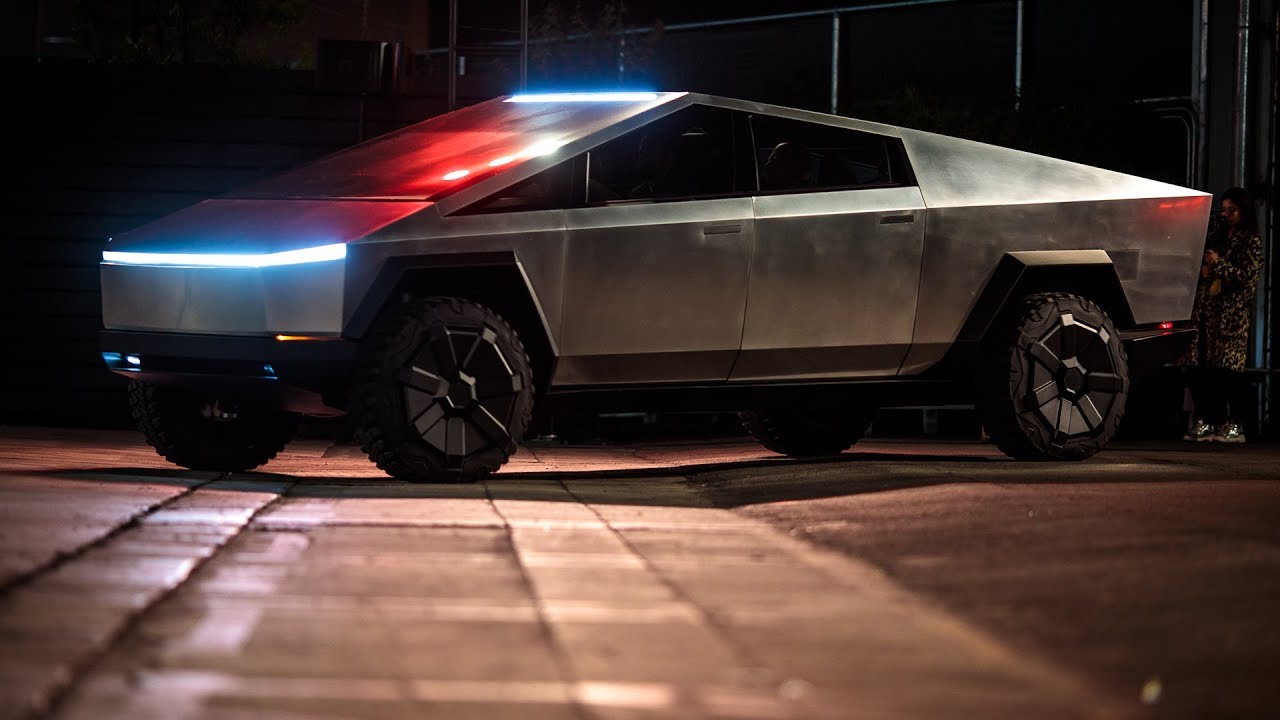
An accelerated shift
Something seemed to change after the Cybertruck was unveiled. Just months after the Cybertruck’s launch, GM revealed its Ultium batteries, which was announced together with a number of new all-electric models. By October 2020, GMC launched the Hummer EV, a gargantuan all-electric pickup truck designed for serious off-roading. GM may never admit it, but signs pointed to the Hummer EV’s development being rushed. The automaker unveiled the vehicle with a CGI video and a prototype that barely moved.
This was very different from the strategy of Tesla and Rivian, of course, both of whom unveiled fully-working trucks. Tesla even had the Cybertruck take attendees for a test ride for several hours following its unveiling. GM Chief Engineer Al Oppenheiser admitted as such in a statement to EV publication Green Car Reports. Oppenheiser revealed that the Hummer EV was only 18 months into its development cycle when it was unveiled, which was a very short time for a legacy automaker.
“Interestingly enough, we don’t have a vehicle yet. We’re building our first test vehicle as we speak; the vehicle you see in the video is our display vehicle,” he said. GM, of course, eventually started demonstrating the Hummer EV’s capabilities in real-life settings later on. But by then, it was practically evident that the automaker was moving as fast as it could to enter the all-electric pickup truck market with a competitive edge.
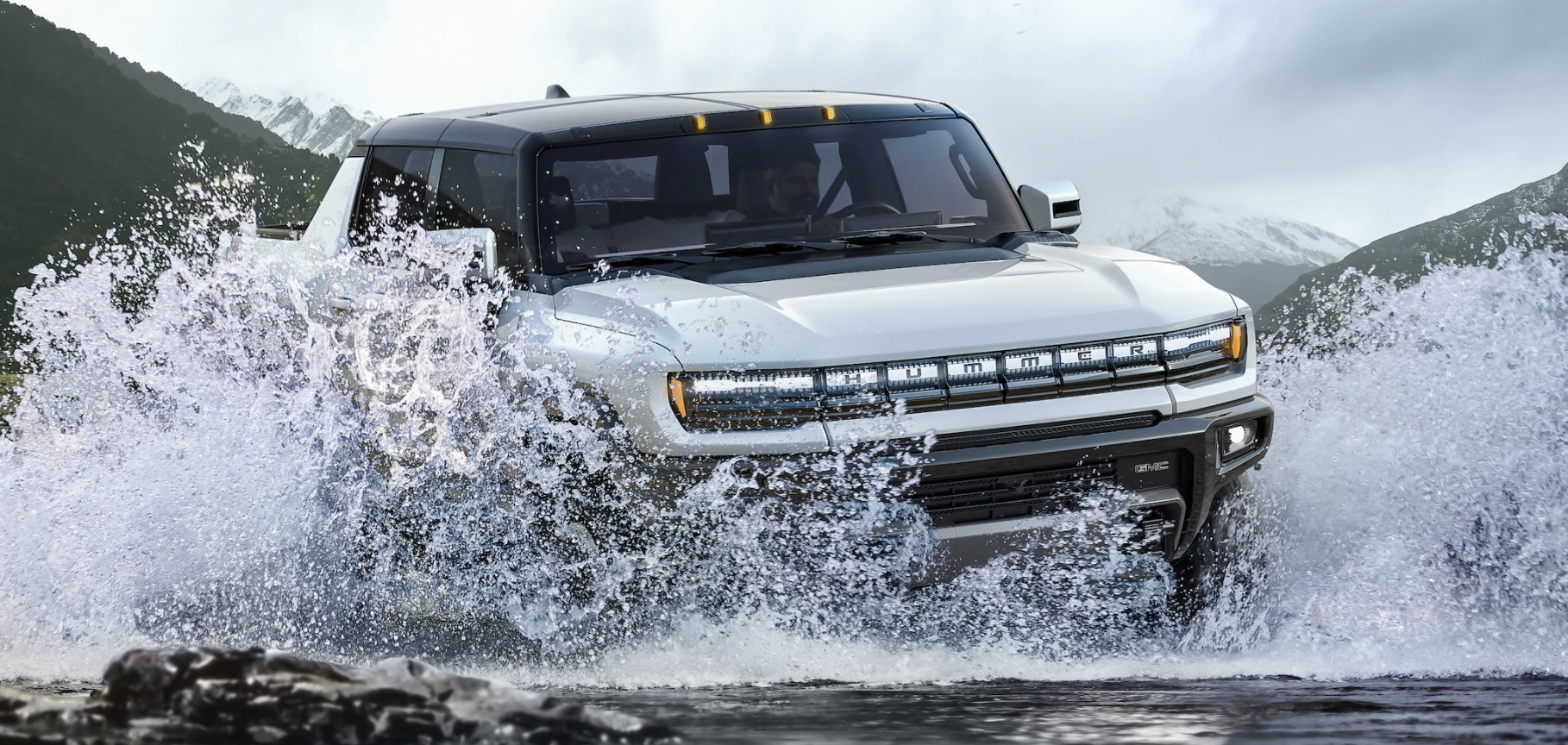
Ford seemed to have accelerated its battery-electric truck program as well, and now the Ford F-150 Lightning is here. And unlike the Hummer EV, it seems to be ready to go. The Rouge facility seems ready to produce the vehicle, though the ongoing chip shortage is still looming in the background. There’s also the issue of securing enough batteries for the vehicle, considering that the F-150 is expected to demand equally large battery packs to hit its targeted 300 miles of range.
Overall, it appears that the rush is now on to produce the first mainstream electric pickup truck. And so far, it appears that the battle will be waged by the Ford F-150 Lightning and the Tesla Cybertruck, considering their comparable starting prices. But while the F-150 Lightning loses out in key features such as range and towing capacity, it does have the pedigree and reputation of a tried and tested pickup brand and a design that is as conventional as it is comfortable. And that, ultimately, could be a trump card for the electric revolution as a whole.
The battle is on for America’s most popular automotive segment.
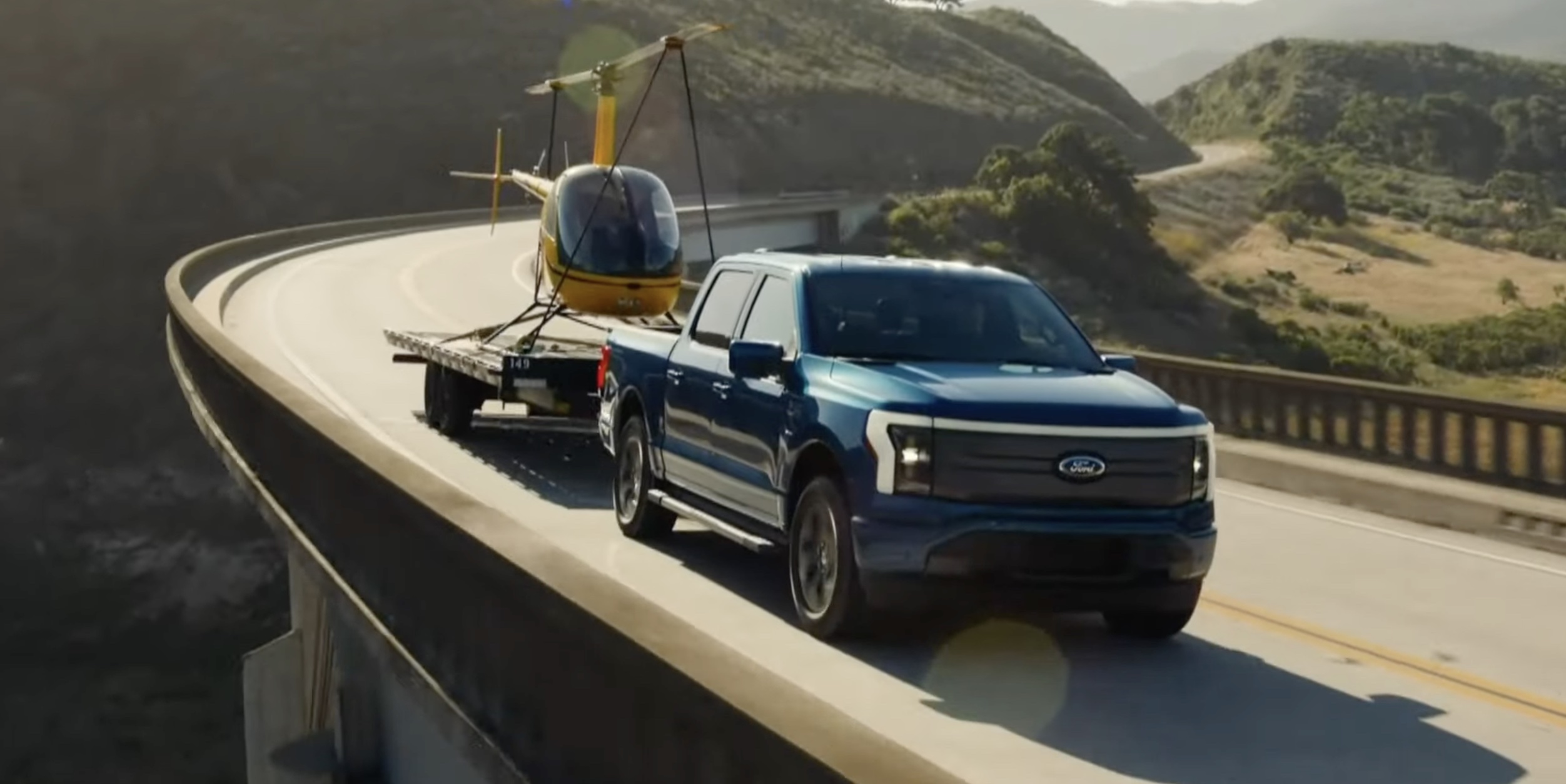
Don’t hesitate to contact us for news tips. Just send a message to tips@teslarati.com to give us a heads up.
News
Tesla launches in India with Model Y, showing pricing will be biggest challenge
Tesla finally got its Model Y launched in India, but it will surely come at a price for consumers.

Tesla has officially launched in India following years of delays, as it brought its Model Y to the market for the first time on Tuesday.
However, the launch showed that pricing is going to be its biggest challenge. The all-electric Model Y is priced significantly higher than in other major markets in which Tesla operates.
On Tuesday, Tesla’s Model Y went up for sale for 59,89,000 rupees for the Rear-Wheel Drive configuration, while the Long Range Rear-Wheel Drive was priced at 67,89,000.
This equates to $69,686 for the RWD and $78,994 for the Long Range RWD, a substantial markup compared to what these cars sell for in the United States.
🚨 Here’s the difference in price for the Tesla Model Y in the U.S. compared to India.
🚨 59,89,000 is $69,686
🚨 67,89,000 is $78,994 pic.twitter.com/7EUzyWLcED— TESLARATI (@Teslarati) July 15, 2025
Deliveries are currently scheduled for the third quarter, and it will be interesting to see how many units they can sell in the market at this price point.
The price includes tariffs and additional fees that are applied by the Indian government, which has aimed to work with foreign automakers to come to terms on lower duties that increase vehicle cost.
Tesla Model Y seen testing under wraps in India ahead of launch
There is a chance that these duties will be removed, which would create a more stable and affordable pricing model for Tesla in the future. President Trump and Indian Prime Minister Narendra Modi continue to iron out those details.
Maharashtra Chief Minister Devendra Fadnavis said to reporters outside the company’s new outlet in the region (via Reuters):
“In the future, we wish to see R&D and manufacturing done in India, and I am sure at an appropriate stage, Tesla will think about it.”
It appears to be eerily similar to the same “game of chicken” Tesla played with Indian government officials for the past few years. Tesla has always wanted to enter India, but was unable to do so due to these import duties.
India wanted Tesla to commit to building a Gigafactory in the country, but Tesla wanted to test demand first.
It seems this could be that demand test, and the duties are going to have a significant impact on what demand will actually be.
Elon Musk
Tesla ups Robotaxi fare price to another comical figure with service area expansion
Tesla upped its fare price for a Robotaxi ride from $4.20 to, you guessed it, $6.90.

Tesla has upped its fare price for the Robotaxi platform in Austin for the first time since its launch on June 22. The increase came on the same day that Tesla expanded its Service Area for the Robotaxi ride-hailing service, offering rides to a broader portion of the city.
The price is up from $4.20, a figure that many Tesla fans will find amusing, considering CEO Elon Musk has used that number, as well as ’69,’ as a light-hearted attempt at comedy over the past several years.
Musk confirmed yesterday that Tesla would up the price per ride from that $4.20 point to $6.90. Are we really surprised that is what the company decided on, as the expansion of the Service Area also took effect on Monday?
But the price is now a princely $6.90, as foretold in the prophecy 😂
— Elon Musk (@elonmusk) July 14, 2025
The Service Area expansion was also somewhat of a joke too, especially considering the shape of the new region where the driverless service can travel.
I wrote yesterday about how it might be funny, but in reality, it is more of a message to competitors that Tesla can expand in Austin wherever it wants at any time.
Tesla’s Robotaxi expansion wasn’t a joke, it was a warning to competitors
It was only a matter of time before the Robotaxi platform would subject riders to a higher, flat fee for a ride. This is primarily due to two reasons: the size of the access program is increasing, and, more importantly, the service area is expanding in size.
Tesla has already surpassed Waymo in Austin in terms of its service area, which is roughly five square miles larger. Waymo launched driverless rides to the public back in March, while Tesla’s just became available to a small group in June. Tesla has already expanded it, allowing new members to hail a ride from a driverless Model Y nearly every day.
The Robotaxi app is also becoming more robust as Tesla is adding new features with updates. It has already been updated on two occasions, with the most recent improvements being rolled out yesterday.
Tesla updates Robotaxi app with several big changes, including wider service area
News
Tesla Model Y and Model 3 dominate U.S. EV sales despite headwinds
Tesla’s two mainstream vehicles accounted for more than 40% of all EVs sold in the United States in Q2 2025.

Tesla’s Model Y and Model 3 remained the top-selling electric vehicles in the U.S. during Q2 2025, even as the broader EV market dipped 6.3% year-over-year.
The Model Y logged 86,120 units sold, followed by the Model 3 at 48,803. This means that Tesla’s two mainstream vehicles accounted for 43% of all EVs sold in the United States during the second quarter, as per data from Cox Automotive.
Tesla leads amid tax credit uncertainty and a tough first half
Tesla’s performance in Q2 is notable given a series of hurdles earlier in the year. The company temporarily paused Model Y deliveries in Q1 as it transitioned to the production of the new Model Y, and its retail presence was hit by protests and vandalism tied to political backlash against CEO Elon Musk. The fallout carried into Q2, yet Tesla’s two mass-market vehicles still outsold the next eight EVs combined.
Q2 marked just the third-ever YoY decline in quarterly EV sales, totaling 310,839 units. Electric vehicle sales, however, were still up 4.9% from Q1 and reached a record 607,089 units in the first half of 2025. Analysts also expect a surge in Q3 as buyers rush to qualify for federal EV tax credits before they expire on October 1, Cox Automotive noted in a post.
Legacy rivals gain ground, but Tesla holds its commanding lead
General Motors more than doubled its EV volume in the first half of 2025, selling over 78,000 units and boosting its EV market share to 12.9%. Chevrolet became the second-best-selling EV brand, pushing GM past Ford and Hyundai. Tesla, however, still retained a commanding 44.7% electric vehicle market share despite a 12% drop in in Q2 revenue, following a decline of almost 9% in Q1.
Incentives reached record highs in Q2, averaging 14.8% of transaction prices, roughly $8,500 per vehicle. As government support winds down, the used EV market is also gaining momentum, with over 100,000 used EVs sold in Q2.
Q2 2025 Kelley Blue Book EV Sales Report by Simon Alvarez on Scribd
-

 News3 days ago
News3 days agoTesla debuts hands-free Grok AI with update 2025.26: What you need to know
-

 Elon Musk1 week ago
Elon Musk1 week agoElon Musk confirms Grok 4 launch on July 9 with livestream event
-

 Elon Musk6 days ago
Elon Musk6 days agoxAI launches Grok 4 with new $300/month SuperGrok Heavy subscription
-

 News2 weeks ago
News2 weeks agoTesla Model 3 ranks as the safest new car in Europe for 2025, per Euro NCAP tests
-

 Elon Musk2 weeks ago
Elon Musk2 weeks agoxAI’s Memphis data center receives air permit despite community criticism
-

 News5 days ago
News5 days agoTesla begins Robotaxi certification push in Arizona: report
-

 Elon Musk2 weeks ago
Elon Musk2 weeks agoTesla reveals it is using AI to make factories more sustainable: here’s how
-

 Elon Musk2 weeks ago
Elon Musk2 weeks agoTesla scrambles after Musk sidekick exit, CEO takes over sales













